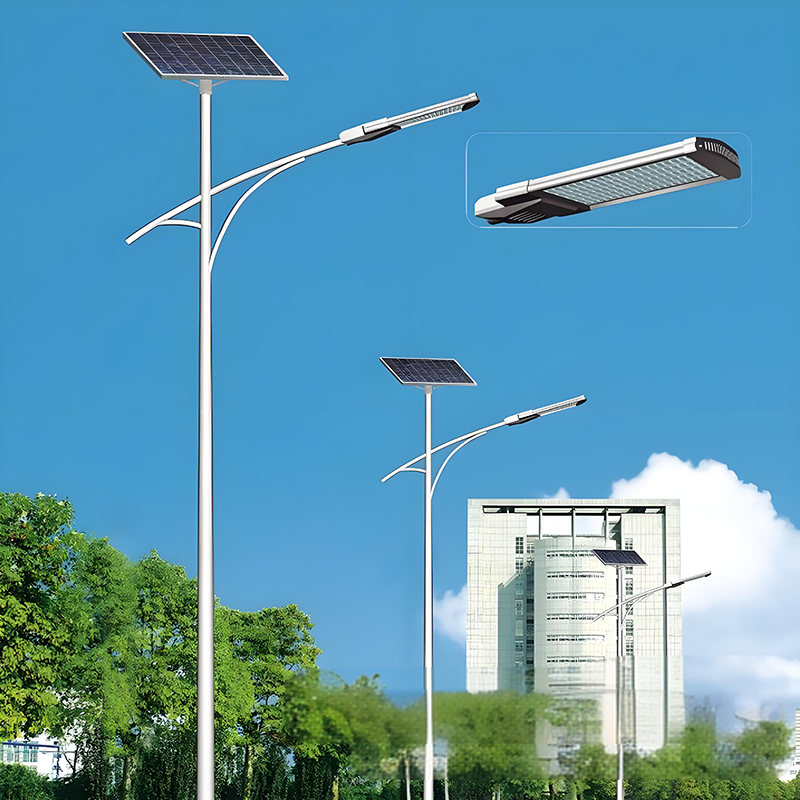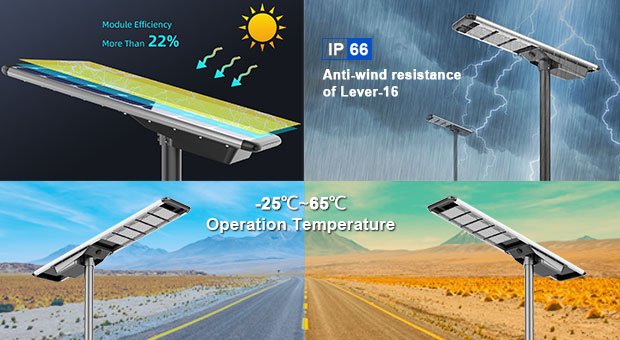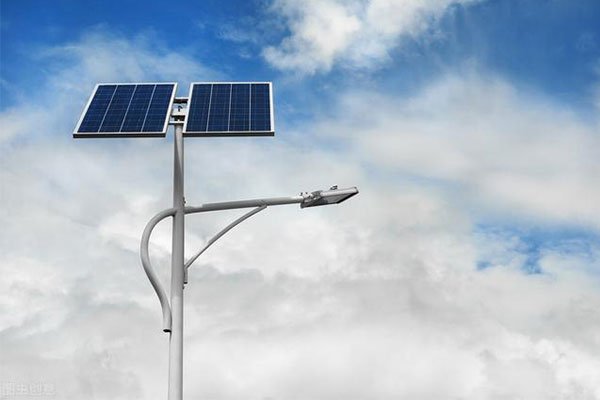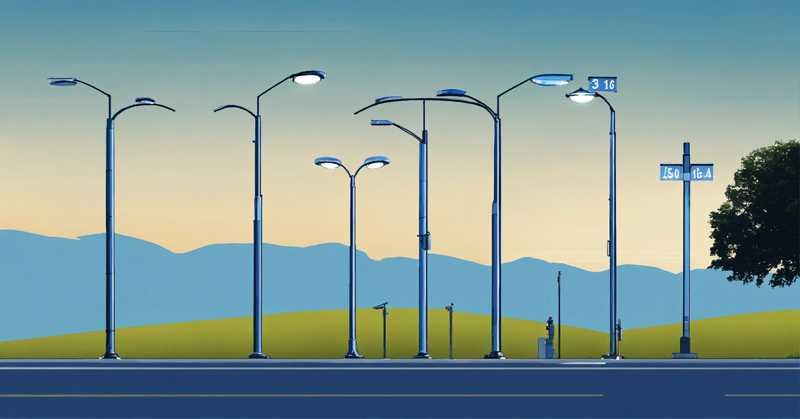Are You Concerned About Rising Energy Costs and Searching for a Cost-Effective Lighting Solution?
With global energy prices continuously increasing, cities and businesses are seeking more affordable and sustainable lighting solutions. Traditional grid-powered streetlights come with high installation costs, recurring electricity bills, and ongoing maintenance expenses.
What if there was a streetlight that required no grid power, automatically absorbed solar energy, provided reliable illumination at night, and had minimal maintenance costs? Would you consider it?
This is exactly what all-in-one solar street lights offer. They help cut energy expenses, promote renewable energy adoption, and align with global sustainability initiatives. But how will this technology evolve over the next decade? Will costs decrease? Will performance improve? Today, we dive deep into these questions to help you make an informed investment decision.
Future Trends: How Will Solar Street Lights Evolve Over the Next 10 Years?
All-in-one solar street lights are already widely used in urban roads, rural areas, industrial parks, and off-grid locations. But what improvements can we expect in the future? Let’s explore key technological advancements shaping the industry.
1. More Efficient and Compact Solar Panels

Older solar panels were bulky, with conversion efficiencies ranging between 15% and 20%. However, by 2025, solar panel efficiency is expected to surpass 25%, meaning smaller panels will generate more power.
🔹 Upcoming Trends
- High-efficiency monocrystalline solar panels will dominate the market, especially in areas with limited sunlight.
- Flexible solar panels will enhance installation convenience for diverse applications.
- Transparent solar panels may emerge, allowing integration with urban architecture.
2. Battery Technology Advancements: The Rise of Sodium-Ion Batteries

Most current solar street lights use lithium-ion or lead-acid batteries. However, lithium battery costs are rising, and lead-acid batteries are becoming obsolete due to their short lifespan and environmental impact. Sodium-ion batteries are emerging as a promising alternative.
| Battery Type | Lifespan | Charging Speed | Cold Resistance | Pricing Trend |
|---|---|---|---|---|
| Lithium-Ion | 5-8 years | Fast | Moderate | Increasing |
| Lead-Acid | 2-3 years | Slow | Low | Phasing out |
| Sodium-Ion (New Tech) | 5-10 years | Moderate | High | Decreasing |
🔹 Upcoming Trends
- Sodium-ion batteries are 30%-50% cheaper than lithium-ion, making them a viable alternative for extreme climates.
- Hybrid battery systems (supercapacitors + lithium) could enhance fast-charging capabilities and longevity.
3. Higher LED Efficiency: More Light, Less Energy

LEDs are a key component of solar street lights. Future LED technology will deliver higher brightness with lower power consumption, reducing battery requirements.
| LED Specification | 2023 Standard | 2025+ Expected Improvement |
|---|---|---|
| Lumens per Watt (lm/W) | 150-180 lm/W | 200+ lm/W |
| Lifespan | 50,000 hours | 70,000+ hours |
🔹 Upcoming Trends
- Higher-efficiency LEDs will require smaller solar panels and batteries, reducing system costs.
- Smart dimming technology will become standard, allowing lights to adjust brightness based on movement and time of day.
4. Smarter Solar Controllers for Optimized Energy Management

Most current solar controllers are either PWM (Pulse Width Modulation) or MPPT (Maximum Power Point Tracking). In the coming years, MPPT controllers will dominate, integrating intelligent features like remote monitoring and AI-driven energy optimization.
🔹 Upcoming Trends
- MPPT controllers will enhance charging efficiency, ensuring better battery performance in cloudy weather.
- Remote management technology: Users will be able to monitor and adjust streetlights via smartphone apps or cloud-based platforms.
Market Outlook for Solar Street Lights in 2025
1. Growing Demand for Solar Street Lights

In Africa, Southeast Asia, and South America, limited grid infrastructure and high electricity costs are driving rapid adoption of solar street lighting.
🔹 Upcoming Trends
- The global market for solar street lighting is projected to grow at a 15%-20% annual rate over the next five years.
- Smart city initiatives will integrate solar lighting into urban infrastructure.
2. How Will Prices Change?
| Market | 2023 Average Price | 2025 Projected Price | Key Pricing Factors |
|---|---|---|---|
| Developed Countries | $600-800/unit | $500-700/unit | Battery costs, government subsidies |
| Developing Countries | $300-500/unit | $250-450/unit | Increased production, higher demand |
As solar panels, LED lights, and battery technology improve, prices will continue to decline, making solar street lighting even more cost-effective.
Conclusion: Should You Invest in All-in-One Solar Street Lights?
![Future of Solar Street Lights]](https://huawei-light.com/wp-content/uploads/2025/02/3-to-4-traditional-solar-vs-all-in-one-1024x419-1.webp)
If you’re looking for a low-cost, high-efficiency lighting solution that reduces energy expenses while supporting renewable energy initiatives, all-in-one solar street lights are the best choice.
✔ Over the next five years, solar street lights will become more efficient, with longer-lasting batteries, smarter energy management, and lower costs.
✔ Declining component prices—especially for batteries—will make solar lighting even more competitive than traditional grid-powered solutions.
✔ Government incentives and global sustainability efforts will drive widespread adoption.
Now is the perfect time to invest in solar lighting! If you’re planning to upgrade your city, business, or community with a reliable, energy-efficient, and long-lasting lighting solution, start exploring the best solar street light options today.







